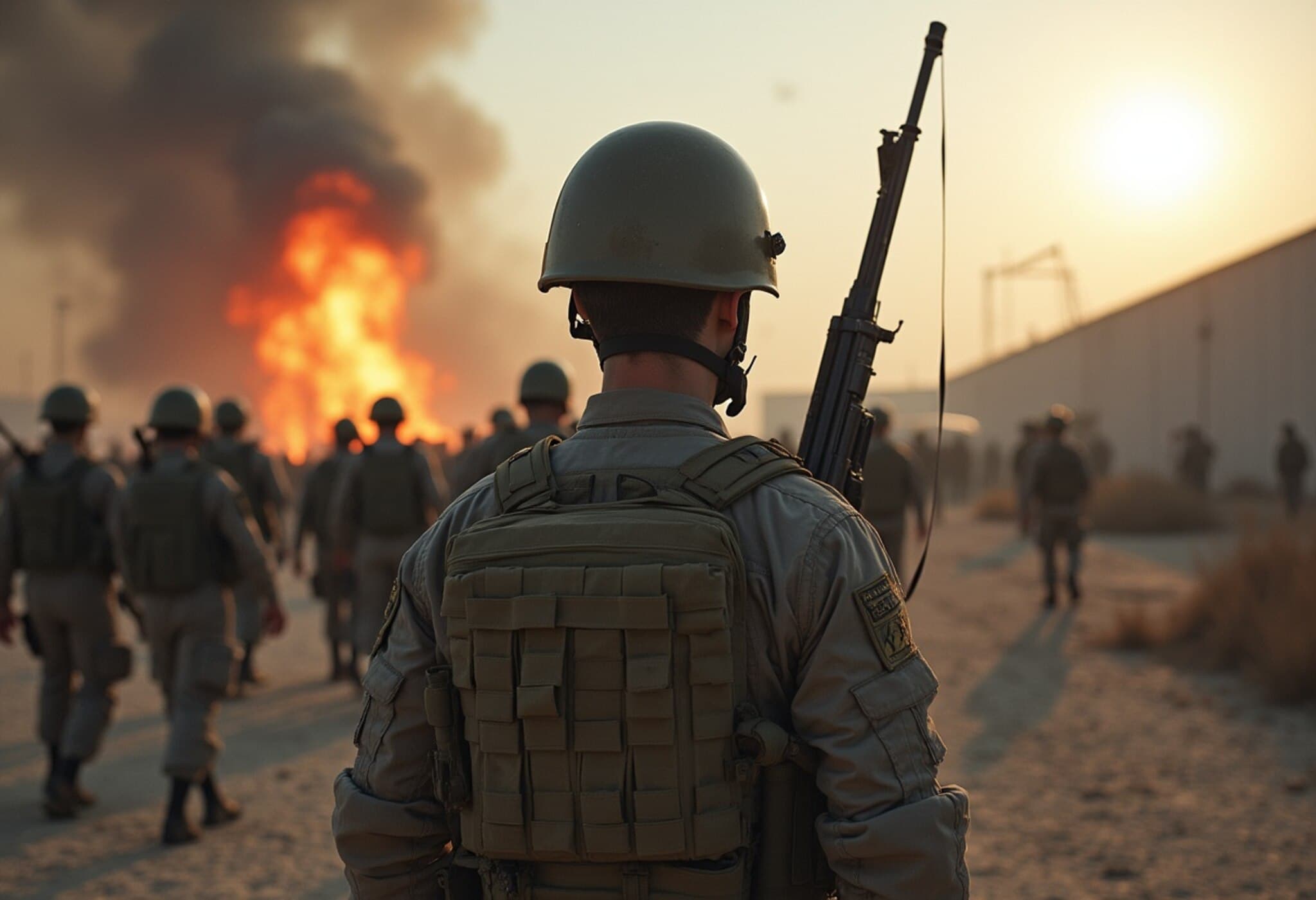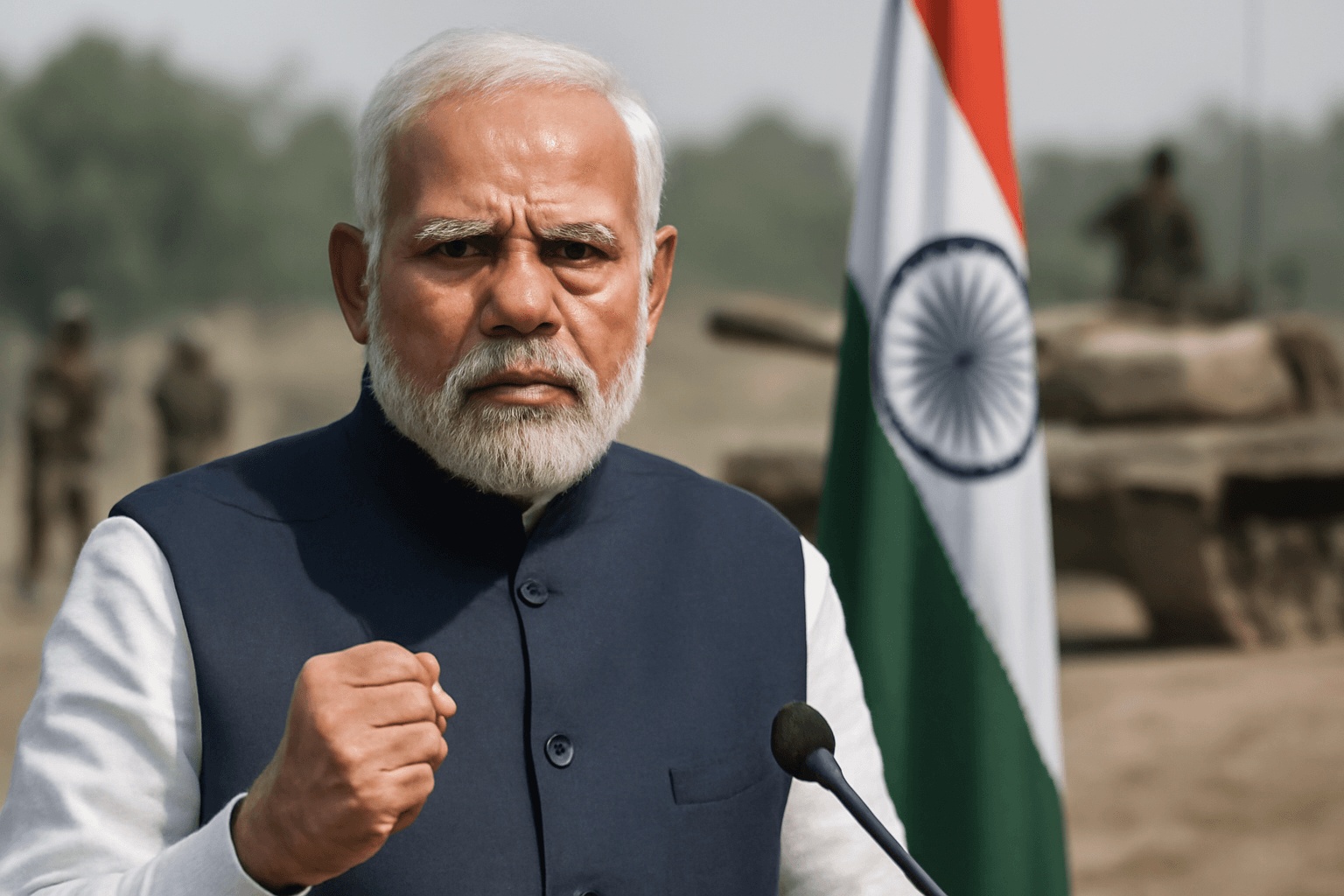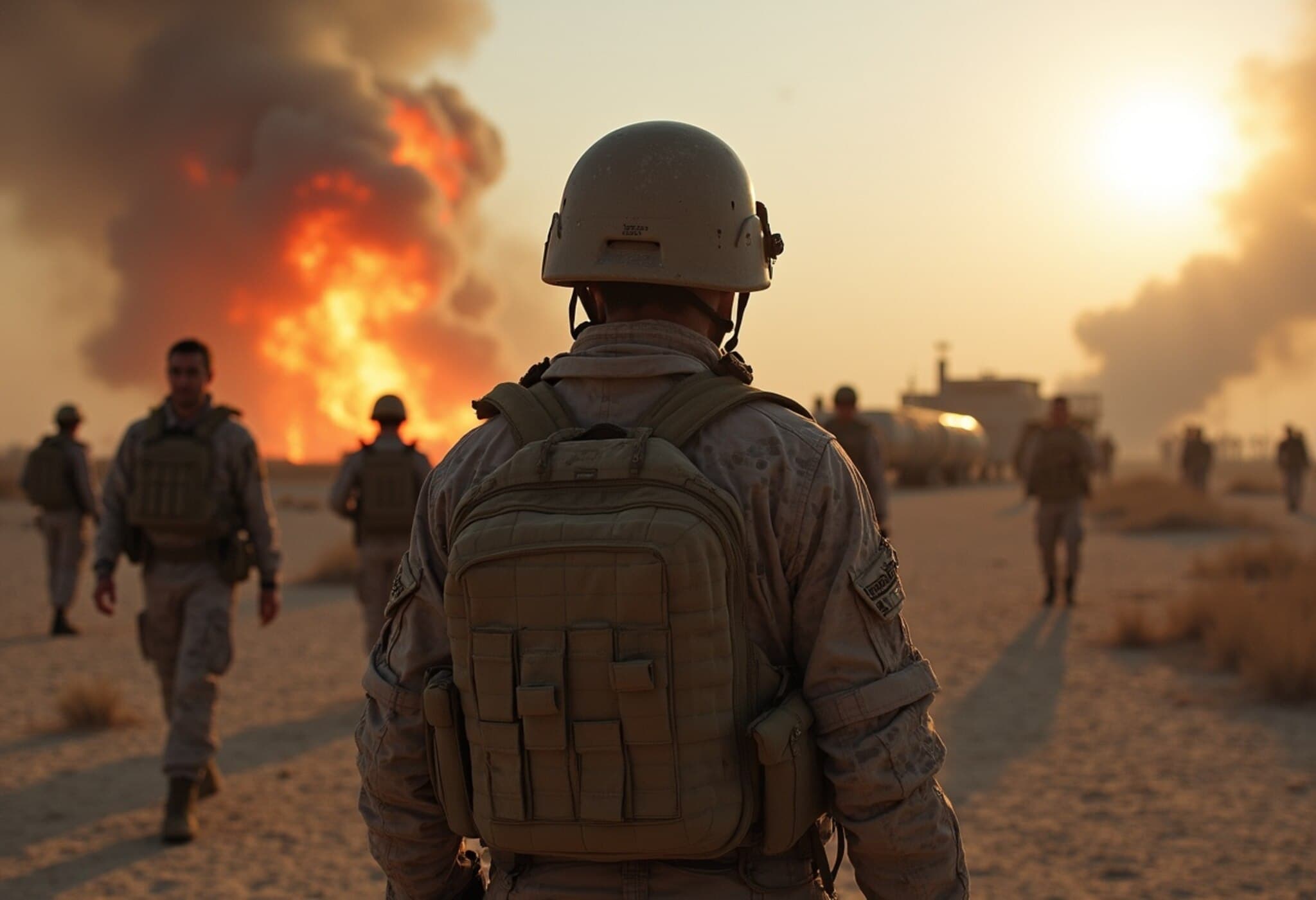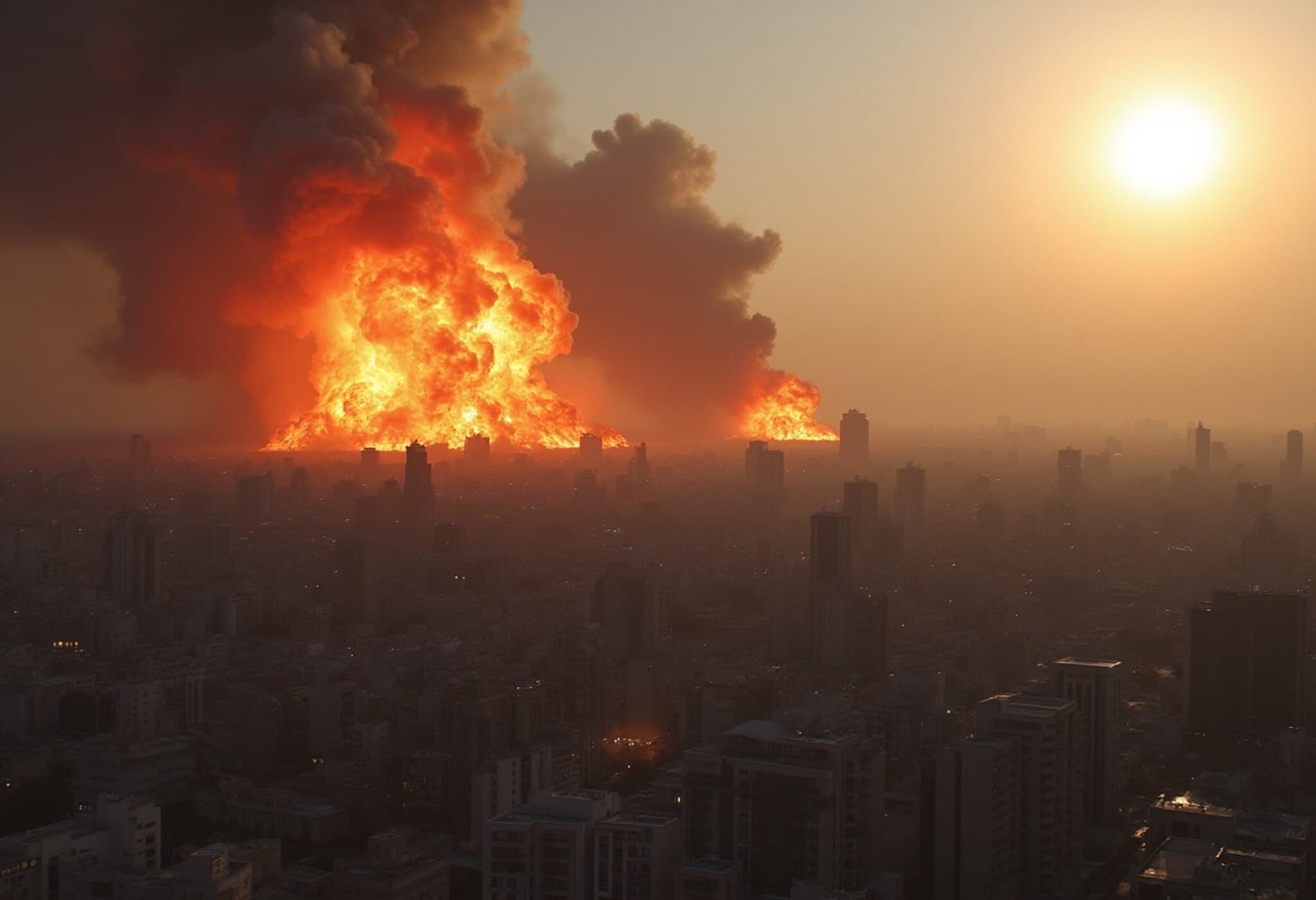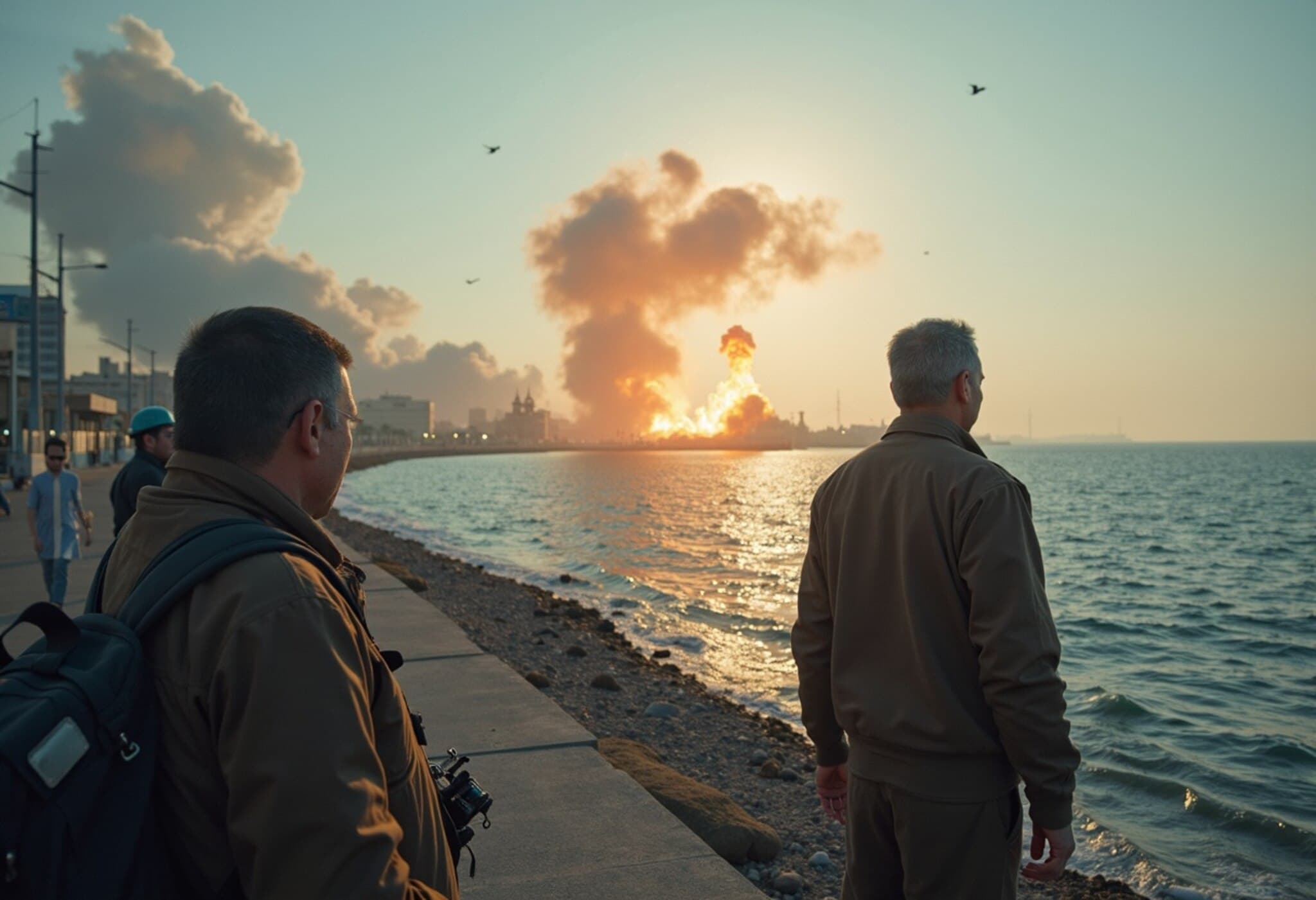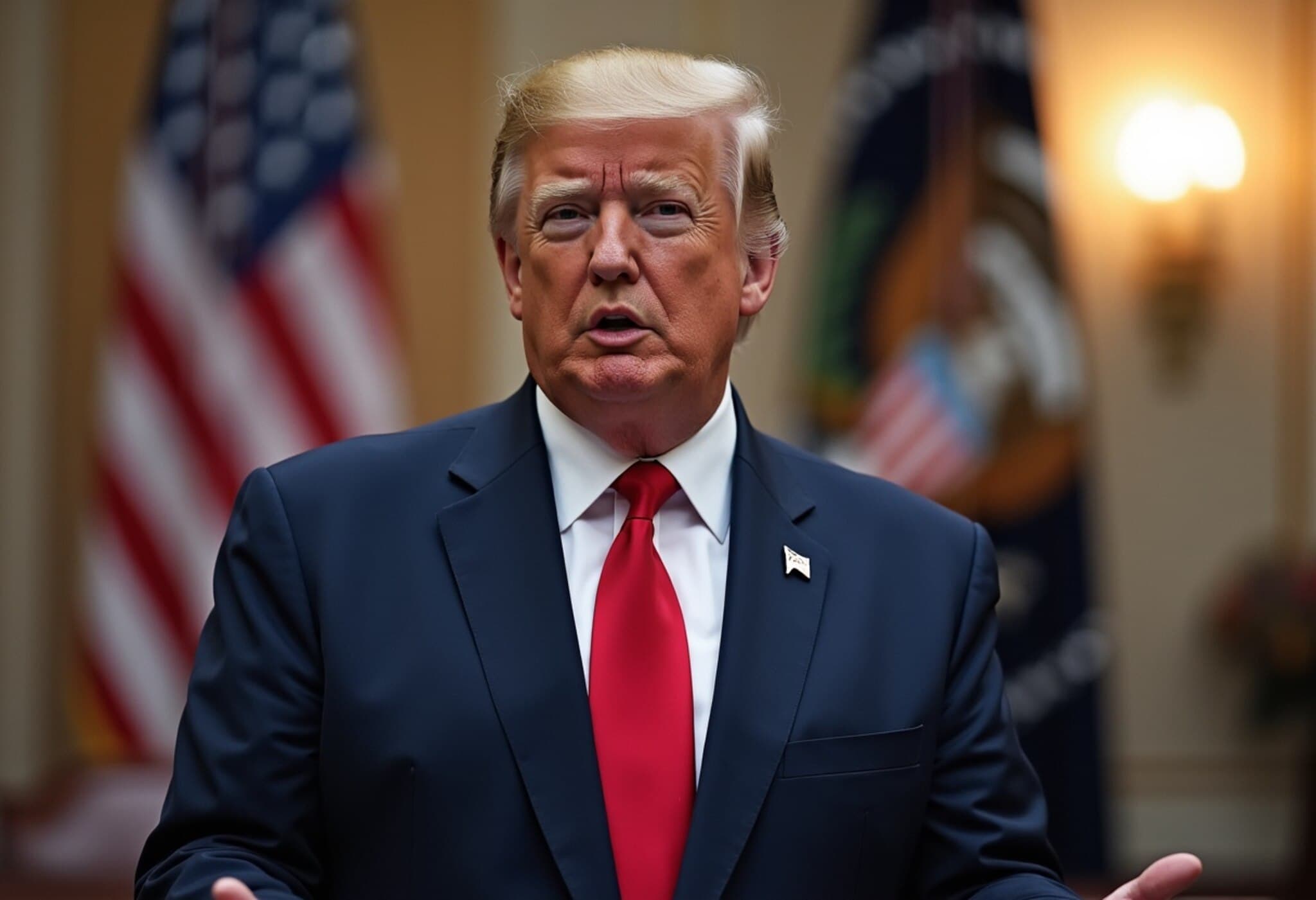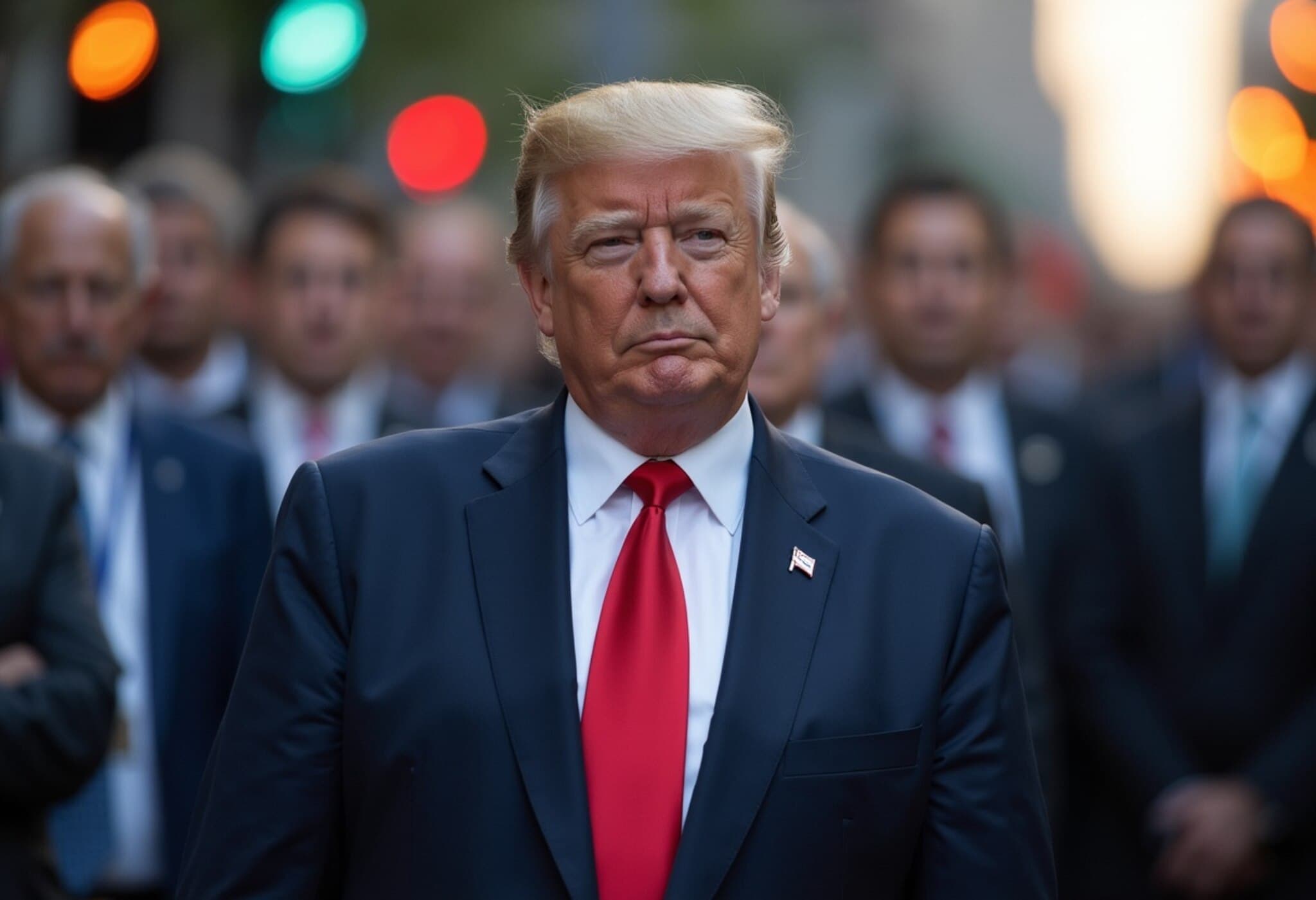The United States' Military Footprint Since World War II
Since the conclusion of World War II in 1945, marked by the atomic bombings of Hiroshima and Nagasaki leading to Japan’s surrender, the United States has rarely been absent from international military engagements. Despite formally declaring war only 11 times, American forces have been consistently involved overseas, shaping global geopolitics through a series of overt and covert conflicts.
Cold War Battles: Containing Communism Across Continents
The Korean War (1950-1953): A Divided Peninsula in Conflict
Emerging soon after World War II, the Korean Peninsula became a Cold War hotspot as the Soviets supported the North and the US backed the South. The outbreak of war in 1950 saw North Korean forces crossing the 38th parallel, triggering a multinational UN-backed response led by the United States. The conflict ended in a costly armistice in 1953, leaving nearly 5 million people dead, with civilians tragically bearing over half of the casualties.
Operation Ajax in Iran (1953): Covert Regime Change
Worried about Soviet influence and access to vital oil resources, the US, alongside the UK, orchestrated a secretive coup against Iran’s democratically elected Prime Minister Mohammad Mossadegh after he nationalized British-controlled oil interests. The CIA-led Operation Ajax succeeded in reinstating the Shah’s monarchy but sowed long-lasting resentment that contributed to Iran’s 1979 Islamic Revolution.
The Vietnam War (1955-1975): America's Challenging Quagmire
From sending military advisors in the 1950s to escalating full-scale combat after the Gulf of Tonkin incident, the US plunged into a protracted conflict aimed at halting communism’s spread in Southeast Asia. The war saw extensive deployment of troops, chemical warfare, and fierce resistance, culminating in the fall of Saigon in 1975. The conflict profoundly affected American society and foreign policy for decades.
Proxy Wars and Covert Operations in a Global Chessboard
Bombing Campaigns in Laos and Cambodia
Between 1964 and 1973, the US carried out massive bombing operations—Operation Barrel Roll in Laos and Operation Menu in Cambodia—to disrupt communist supply lines. These campaigns heavily destabilized the region, inadvertently enabling regimes like the Khmer Rouge, whose brutal rule resulted in the deaths of an estimated 1.5 to 3 million people.
Chile’s 1973 Coup: Overthrowing Democracy
Fearing a socialist spread in South America, the US covertly supported actions that led to the military coup against Chile’s President Salvador Allende. The aftermath was a lengthy dictatorship marked by political repression and human rights abuses.
Nicaragua and the Iran-Contra Affair
Post-1979 Nicaragua saw US backing for rebel Contras against the Sandinista government, despite Congressional restrictions. The covert operations culminated in the Iran-Contra scandal, exposing illegal arms dealings and covert funding that shook the US political landscape.
Angola’s Proxy Conflict
In Southern Africa, the United States indirectly engaged in Angola’s civil war supporting anti-communist factions with weapons and aid, contributing to decades-long instability and significant loss of life.
Twisting Neutrality: The Iran-Iraq War (1980-1988)
While officially neutral, the US provided intelligence and material support to Iraq during its war with Iran, simultaneously conducting clandestine arms sales to Iran. This delicate balancing act aimed to prevent dominance by either side but extended the conflict and regional tensions.
Post-Cold War Precision Warfare and Global Interventions
The Gulf War (1990-1991): Coalition Triumph Against Iraqi Aggression
When Iraq invaded Kuwait, the US forged an international coalition to liberate the territory. A swift military campaign combined extensive air strikes with a decisive ground offensive, yet Saddam Hussein remained in power, and tensions lingered.
The Global War on Terror: From Afghanistan to Iraq and Beyond
The attacks on September 11, 2001, launched the US into a prolonged war on terror. In Afghanistan, rapid initial successes against al-Qaeda and the Taliban gave way to a two-decade struggle marked by counterinsurgency and nation-building efforts before the US withdrawal in 2021.
Similarly, the 2003 invasion of Iraq, justified by claims of weapons of mass destruction, led to prolonged insurgency and instability. The absence of WMDs sparked global criticism and remains a contentious chapter in US foreign policy.
Interventions in Libya and Syria
In 2011, NATO, with US involvement, intervened in Libya amid civil unrest, toppling Muammar Gaddafi but leaving behind fractured governance. Simultaneously, the Syrian civil war saw the US engage in a complex conflict with limited direct intervention, supporting various rebel factions while contending with multiple foreign powers on the ground.
The Era of Remote Warfare and Expanding Global Presence
Drone Strikes across Pakistan, Yemen, and Somalia
Following 9/11, the US increasingly employed drones for targeted killings in regions considered terrorist strongholds. These operations, often conducted covertly, have resulted in numerous militant casualties while sparking debates over their legality and civilian impact.
Focus on Africa: Niger and the Sahel
During the 2010s, the US increased its military footprint in Africa’s Sahel region, setting up bases and supporting local forces against terrorism. However, instability persists, highlighted by the 2023 military coup in Niger and subsequent diplomatic tensions.
The Present Moment: A New Chapter with Iran
After decades of indirect engagement and cautious policy toward Iran, 2025 marked a shift with direct US military strikes targeting Iranian nuclear facilities. These actions, described as a “spectacular military success,” underscore heightened tensions and the precarious balance in a volatile region.
This overview encapsulates over eight decades of American military engagements worldwide, revealing a complex interplay of diplomacy, covert action, and open conflict that continue to shape global dynamics.

